Frederica Freyberg:
When it comes to community transmission of the coronavirus, in the words of one Wisconsin physician, “Overall schools just really aren’t the problem.” Those words from Wisconsin Rapids pediatrician Dr. Amy Falk. Falk co-authorized a study released by the CDC that backs up her claim. In November 17 Wood County schools were monitored for coronavirus. 191 COVID-19 cases were identified among students and staff members during that time. Only seven cases were connected to in-school spread. Dr. Amy Falk joins us now from Wisconsin Rapids and thanks very much for being here.
Amy Falk:
Thanks for having me.
Frederica Freyberg:
So the upshot of this 13-week study is that it is safe for students and staff to be back in school?
Amy Falk:
I think obviously that’s going to mean something different for every community. The schools around here, the 17 we followed, had a lot of mitigation measures. There was distancing to the best of their ability. There was universal masking. There was increased sanitation and ventilation. I think obviously there’s many schools that are very different from our population. The schools that we’ve been following, some are quite large and are showing that it can be done well.
Frederica Freyberg:
How difficult is it to maintain those kind of mitigation measures within a school setting?
Amy Falk:
I think — I mean, some of the things like masking, the kids have just really — of all ages, kindergarten to 12th grade have really just shown that they are unwavering in their masking ability and patience with that. So I think that’s just become part of their norm. For some of the other things, sanitation measures and those things have been taken financially on by the schools which obviously has been an undertaking. I think overall everyone settled — from what I can gather — everyone settled into this new normal to make it the safest they can.
Frederica Freyberg:
The mitigation also included kind of keeping children in pods, right, as though they were almost little family groups.
Amy Falk:
Yeah. That differed among each of the schools. We really didn’t impose any sort of — we just wanted to help them see what was happening. We really never expected it to get as far as it did but we realized we had something to say. For the elementary, one first grade for example are always kept together. They can’t mix at recess with other first grade classes. They don’t eat lunch other places. Which allows them to kind of be a little closer and not stay with the strict six feet apart. That does mean when one kid in a cohort gets sick with COVID-19, they all go out in quarantine. So you can lose whole classes that way. And the older kids as well, there were many that were in the tight groups.
Frederica Freyberg:
So you spoke to this a little bit, but could those mitigation methods be replicated across the board in all Wisconsin schools, do you think?
Amy Falk:
I think that’s a tough question. You know, interestingly I was speaking with a lot of the principals involved and some of the changes to the HVAC systems are simply just running more cycles before and after school. They’re not changing out whole systems like we’ve seen in other parts of the country to help with fresh air. The sanitation stuff, I think all that’s been pretty well available. So I think the biggest part is the distancing. A lot of schools are really hung up on make sure everybody stays nose-to-nose six feet apart, where there’s many places and some emerging data that that might not be the end all/be all. If you think of mitigation like Swiss cheese is frequently how it’s described where there’s holes with every different thing you do, the masking, the distancing. But if you layer them together, that’s really where you have the most success. So I think that’s the biggest liberalizing piece to look at next.
Frederica Freyberg:
As a pediatrician, how important do you believe it is for children to be back in school or in school?
Amy Falk:
I think it is of utmost important. We’re having just growing data that children depression, anxiety rates are sky-high. I’ve seen that in my own clinic. We know that learning is just not — it’s not the same virtual no matter how great of a family or how many resources they have. It’s just not the same. Kids with special needs are obviously suffering and suicide rates in our country in teens are skyrocketing. I think it is of utmost importance we try to get them back in before other things are liberalized. Things that are equally important to people but I think we need to prioritize children and their ability to maintain a good education and a social structure.
Frederica Freyberg:
With all the mitigation and mandates around them, is it possible that children are actually safer in a school setting than not being in school?
Amy Falk:
I’ve postulated this. I’ve said it multiple times. I think if you can account for somebody’s whereabouts for 36 to 40 hours a week and you know they’re masked, they’re hand washed, they’re fed, they’re with responsible adults, I think that would be superior to sitting at home with larger and larger social groups as parents have to go to work, so they bring their children places. Kids are playing with larger groups perhaps than they would have in the school. In short, I do think kids are safer in school than out.
Frederica Freyberg:
Dr. Amy Falk, thank you very much and thank you for your work.
Amy Falk:
Thank you so much.
Search Episodes
News Stories from PBS Wisconsin

Donate to sign up. Activate and sign in to Passport. It's that easy to help PBS Wisconsin serve your community through media that educates, inspires, and entertains.
Make your membership gift today
Only for new users: Activate Passport using your code or email address
Already a member?
Look up my account
Need some help? Go to FAQ or visit PBS Passport Help
Need help accessing PBS Wisconsin anywhere?

Online Access | Platform & Device Access | Cable or Satellite Access | Over-The-Air Access
Visit Access Guide
Need help accessing PBS Wisconsin anywhere?

Visit Our
Live TV Access Guide
Online AccessPlatform & Device Access
Cable or Satellite Access
Over-The-Air Access
Visit Access Guide
 Passport
Passport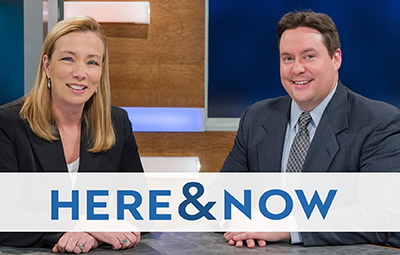


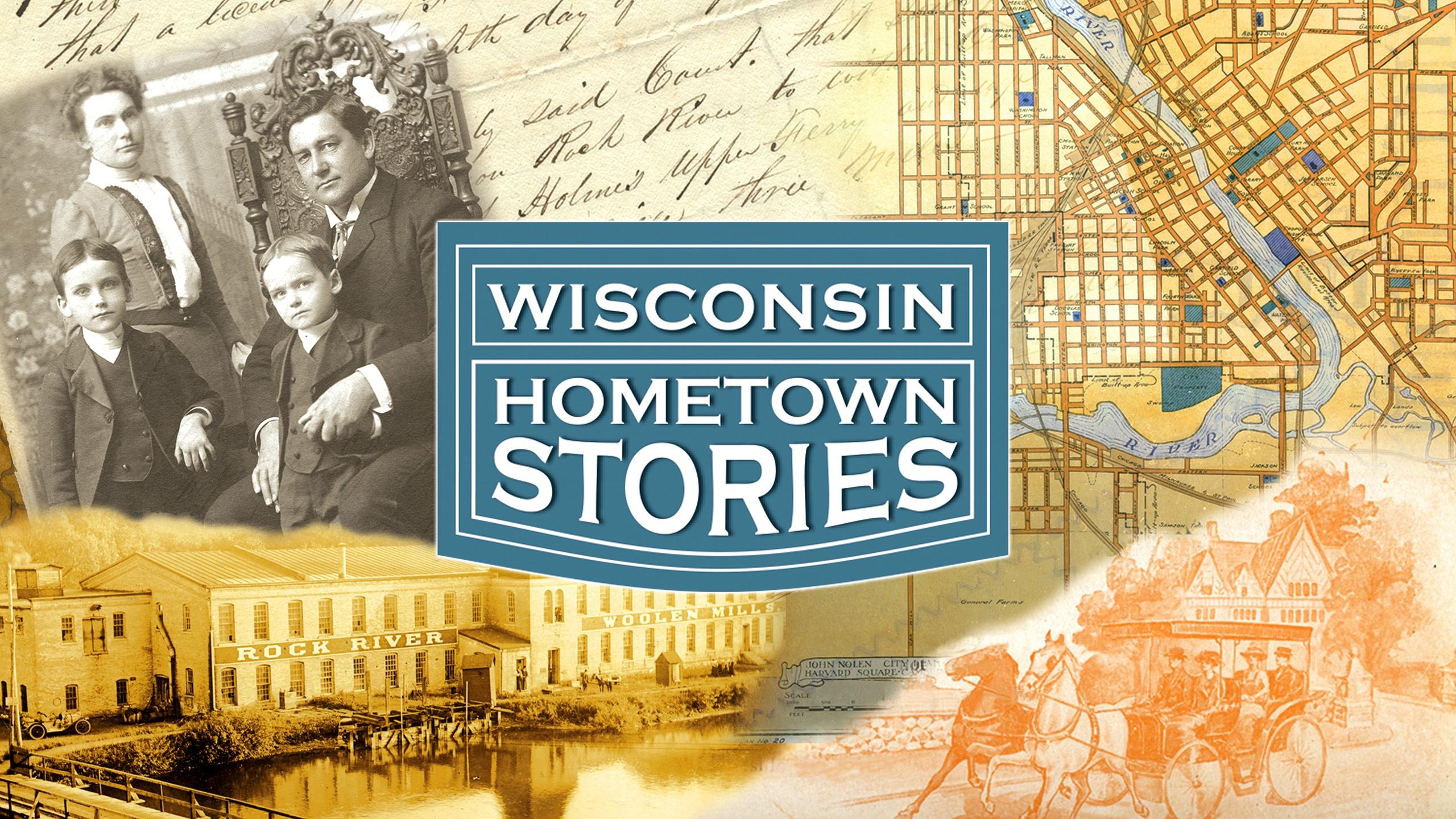


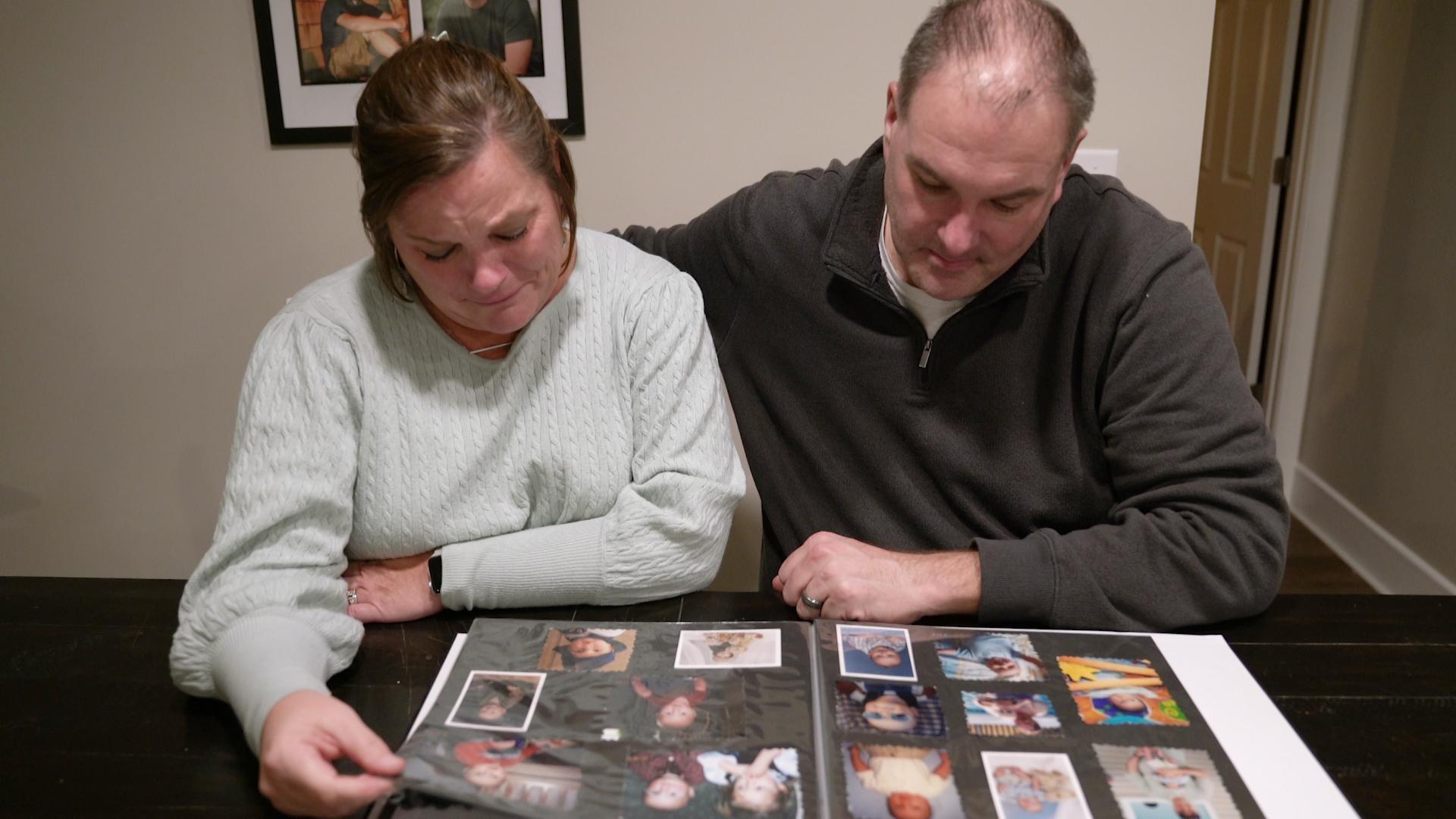
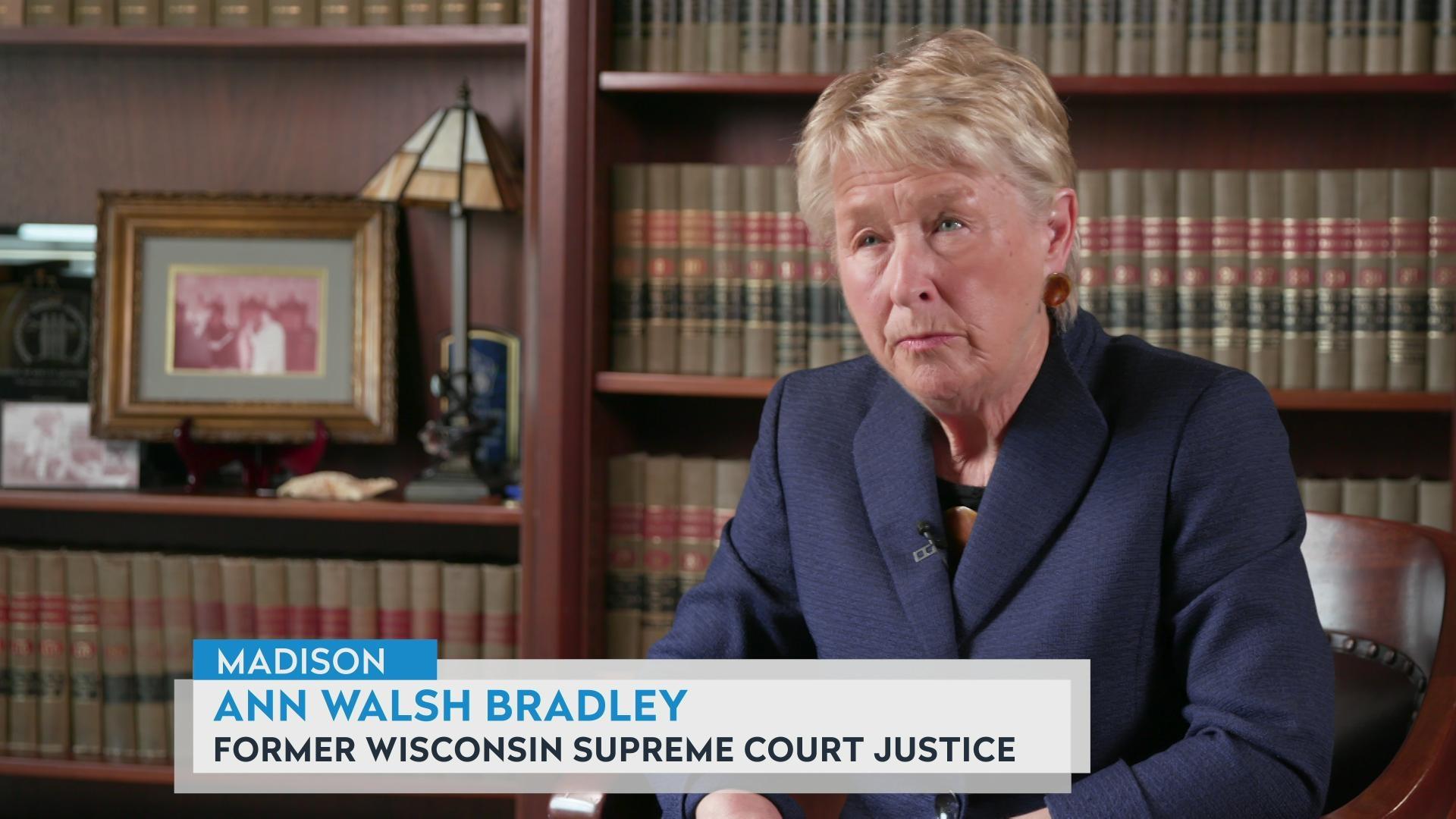
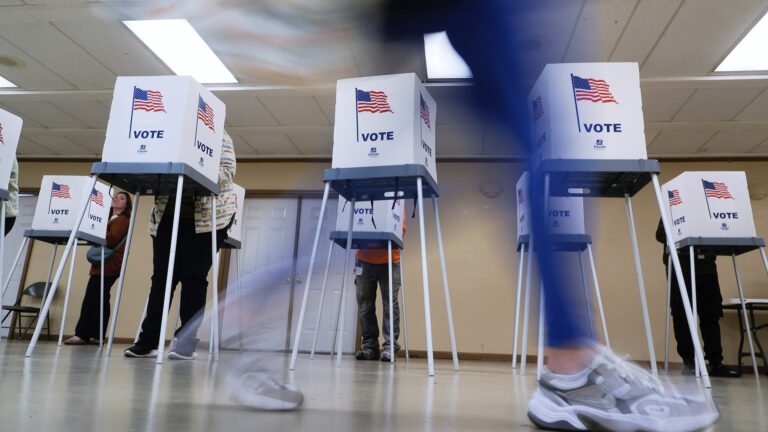
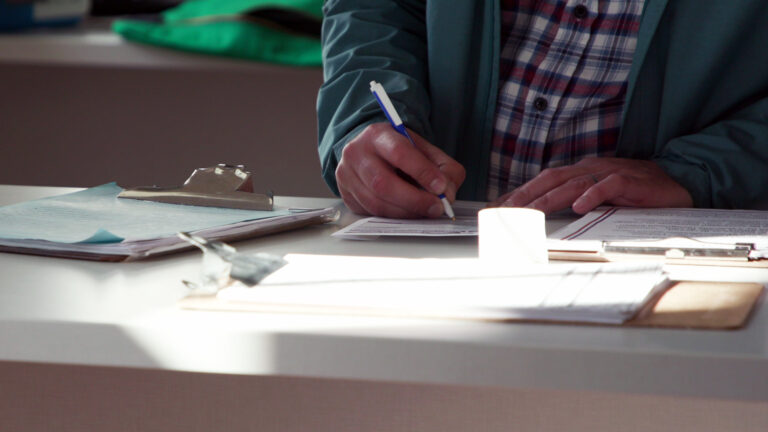
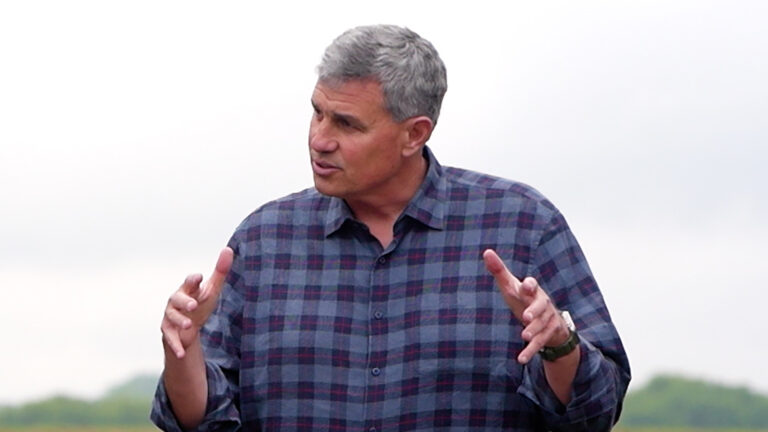
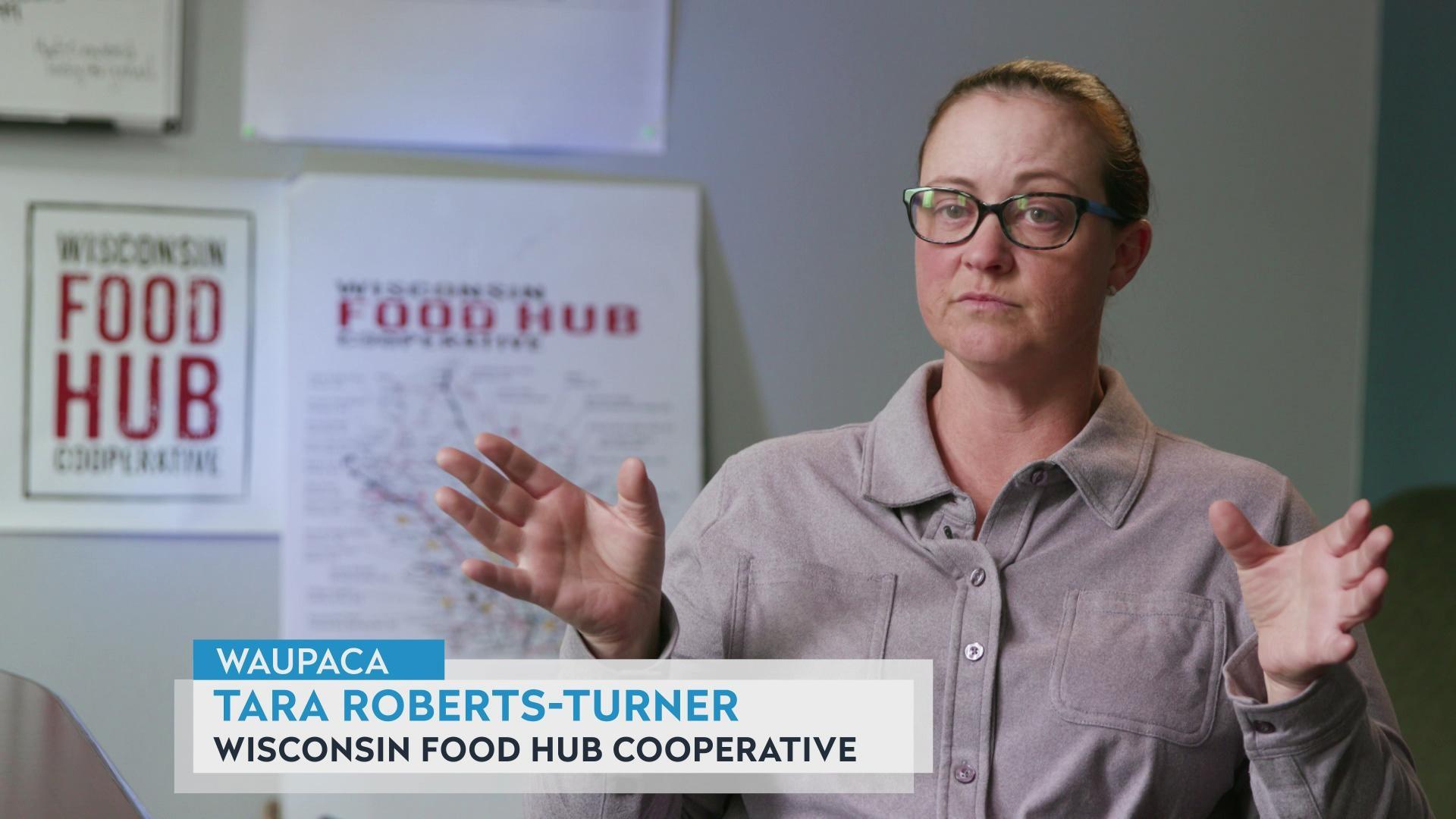
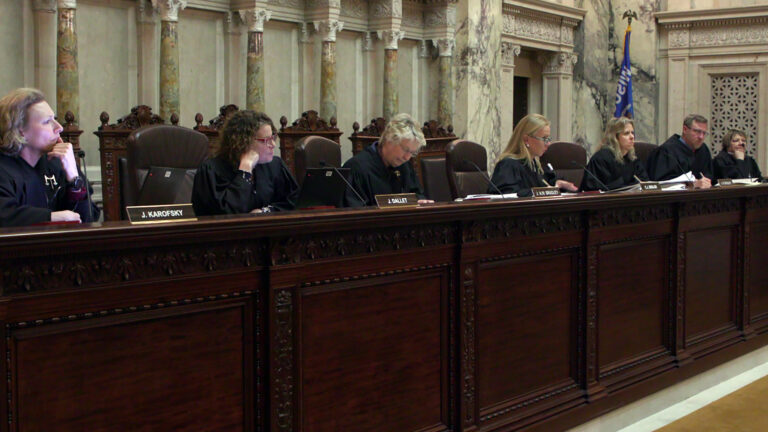
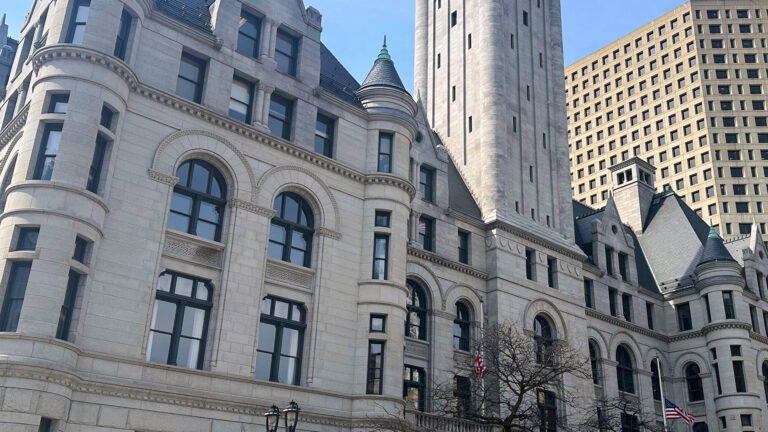
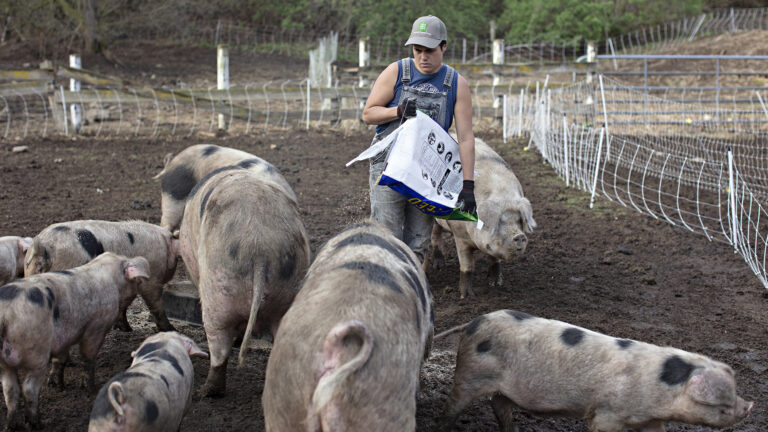
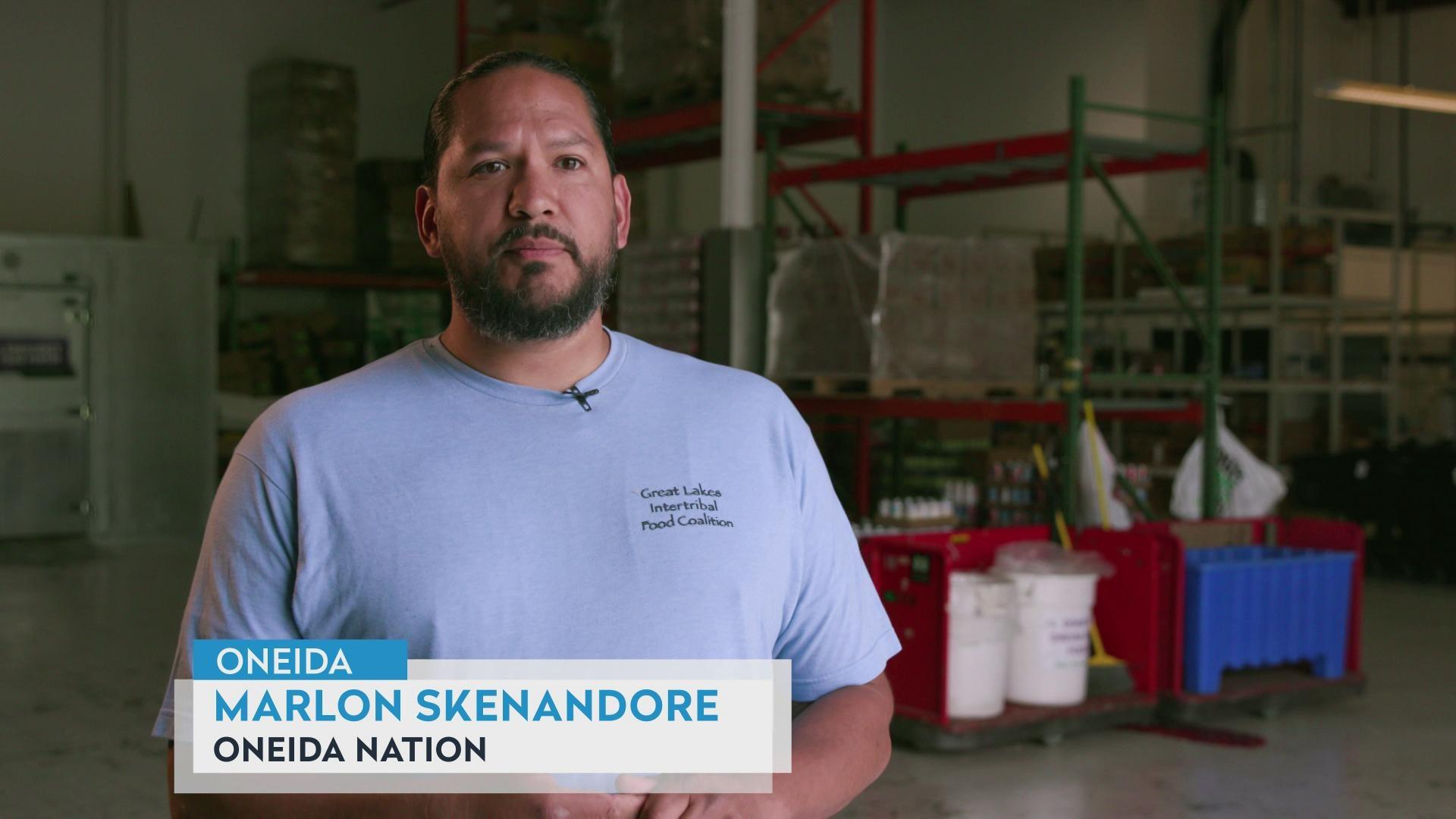
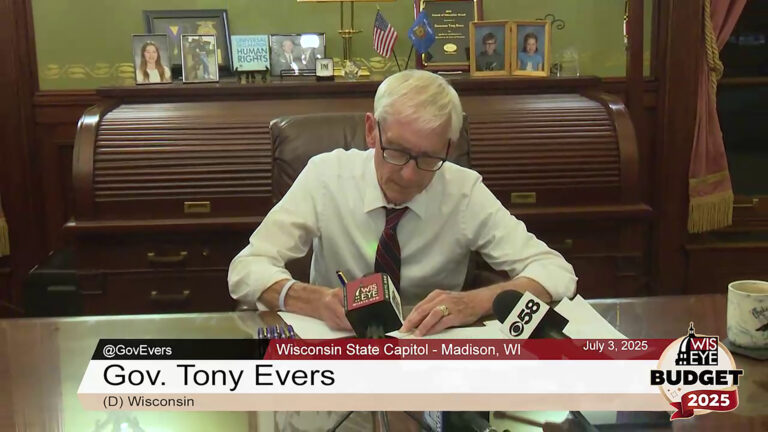
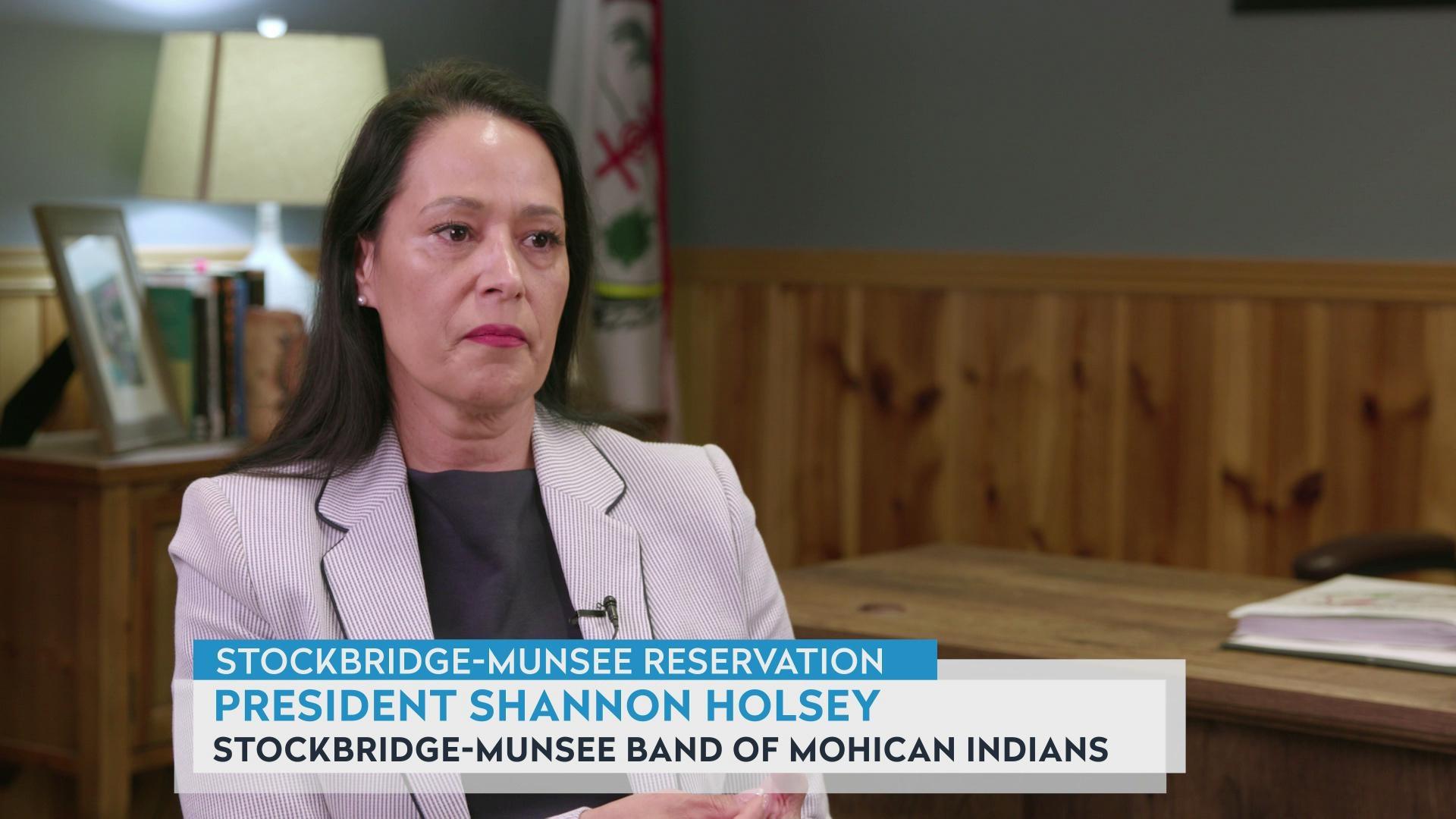

Follow Us